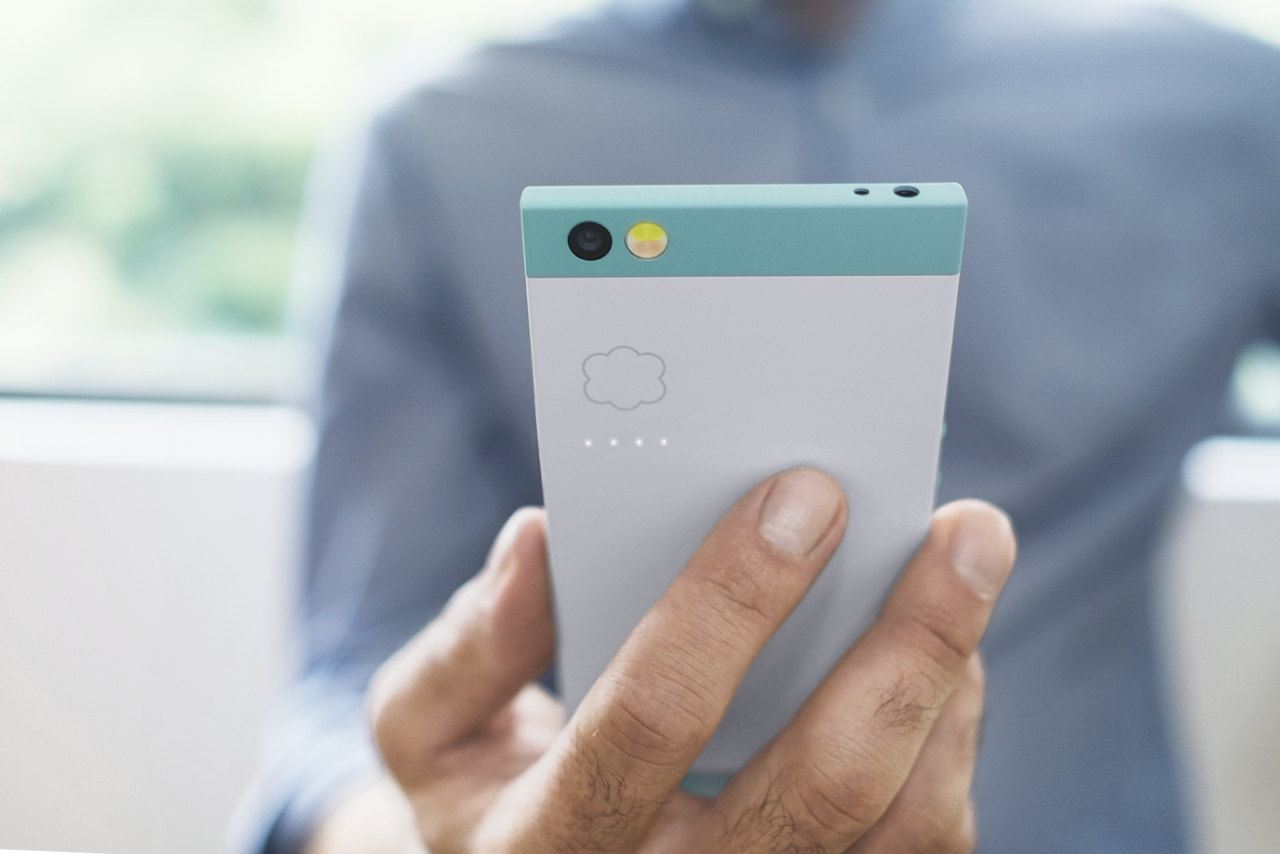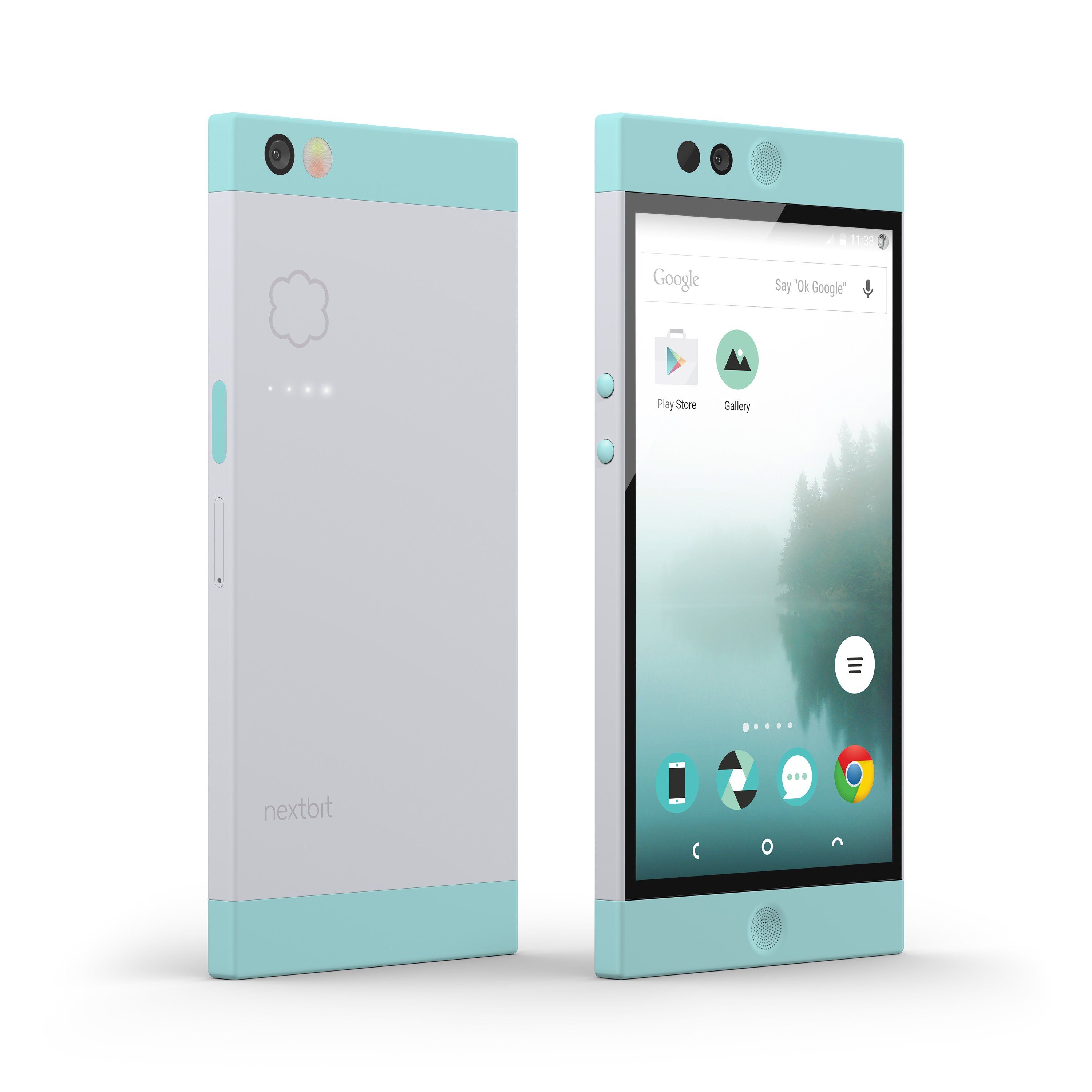
01
d'Abril
de
2016 - 04:17
While it is true that Apple revolutionised the mobile telephone sector when in 2007 it brought out its first iPhone, Google was the one that brought this revolution within everyone's reach through the Android operating system. As Microsoft had already done in the past with Windows, Google created a modern operating system for mobiles and made it available to manufacturers all over the world. That meant models with totally different specifications, for all budgets, began to appear that used a common system, and therefore the same applications.
Nevertheless, one of the main problems that affect iOS and Android devices is storage capacity. On the one hand, the quality of smartphone cameras is increasingly –and therefore the images taken use up more space– and on the other, as users, the fact that we are all carrying a high-quality camera around in our pockets means we take more photographs.
The result? The devices fill up ever more quickly. Until now, the only solution was to buy a device with more internal space or –if the device allows it– to extend it with external memory cards.
So, with the aim of resolving this problem, Tom Moss, one of the members of the team that created Android, has founded the Nextbit company
alongside Scott Boyle, head of HTC's design division. Their first product, called Robin, aims to eliminate the dependence of local storage by sending everything not being using to the cloud.
Collective funding
To begin with, the two partners launched a Kickstarter campaign that, in only a week, managed to sell 10,000 of the devices in advance. And now, finally, the device is on the market.
Even at first glance, Robin is different from all the rest. It has a colourful design and a rugged finish that makes it a truly singular device.
As for its specifications, it boasts a top-of-the-range Qualcomm 808 processor, a 5.2 inch screen, NFC, 3Gb of RAM memory, a 13-megapixel camera and 32Gb of internal storage.

However, Robin's strong point is the software: Robin OS, a modified version of Android, which analyses how we use the telephone and sends everything we are using to a 100Gb free storage space in the cloud that is incorporated into the device. When the phone connects to a Wi-Fi network and is plugged in, the Robin OS updates the local dataso that our photographs and apps are always available.
Nevertheless, one of the main problems that affect iOS and Android devices is storage capacity. On the one hand, the quality of smartphone cameras is increasingly –and therefore the images taken use up more space– and on the other, as users, the fact that we are all carrying a high-quality camera around in our pockets means we take more photographs.
The result? The devices fill up ever more quickly. Until now, the only solution was to buy a device with more internal space or –if the device allows it– to extend it with external memory cards.
So, with the aim of resolving this problem, Tom Moss, one of the members of the team that created Android, has founded the Nextbit company
alongside Scott Boyle, head of HTC's design division. Their first product, called Robin, aims to eliminate the dependence of local storage by sending everything not being using to the cloud.
Collective funding
To begin with, the two partners launched a Kickstarter campaign that, in only a week, managed to sell 10,000 of the devices in advance. And now, finally, the device is on the market.
Even at first glance, Robin is different from all the rest. It has a colourful design and a rugged finish that makes it a truly singular device.
As for its specifications, it boasts a top-of-the-range Qualcomm 808 processor, a 5.2 inch screen, NFC, 3Gb of RAM memory, a 13-megapixel camera and 32Gb of internal storage.

However, Robin's strong point is the software: Robin OS, a modified version of Android, which analyses how we use the telephone and sends everything we are using to a 100Gb free storage space in the cloud that is incorporated into the device. When the phone connects to a Wi-Fi network and is plugged in, the Robin OS updates the local dataso that our photographs and apps are always available.
For the moment, the device is only available through manufacturer's website. It comes in two colours –blue and black– at a price of around 350 euros.